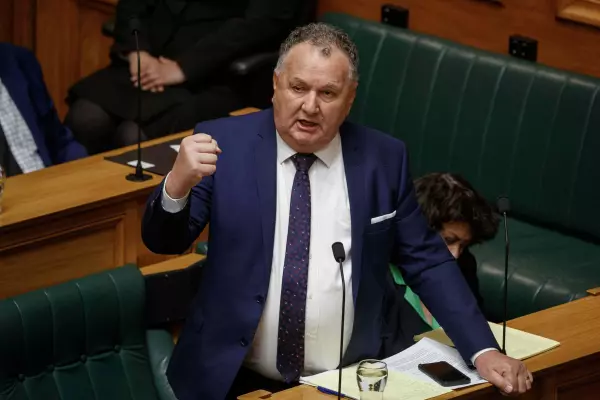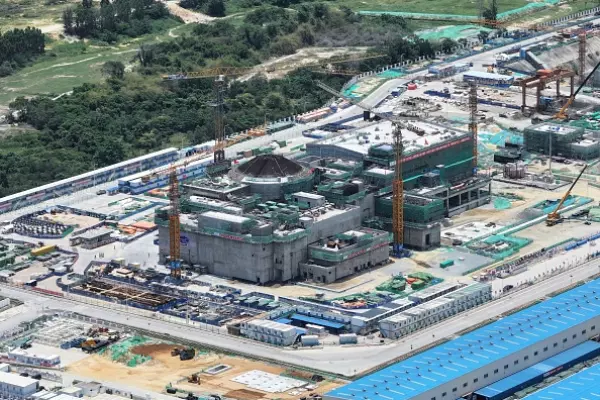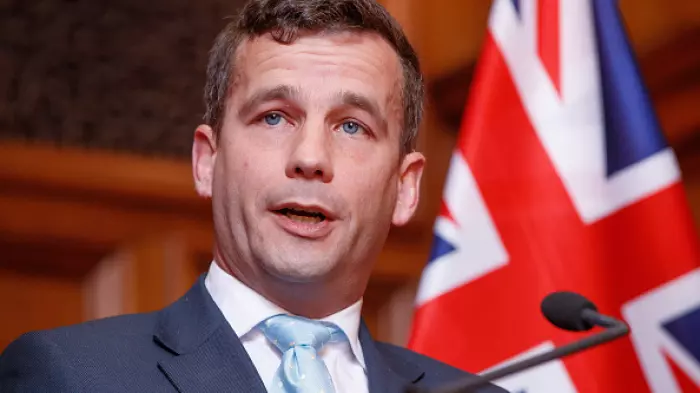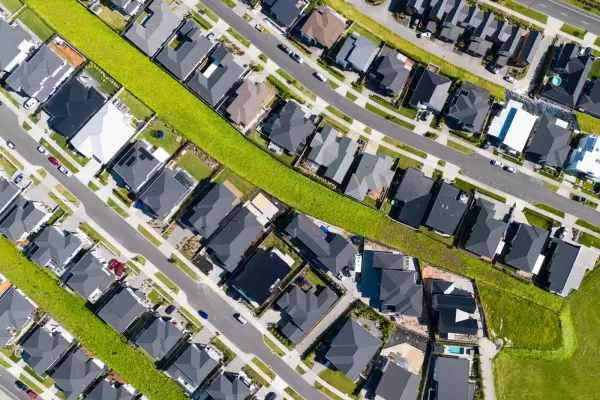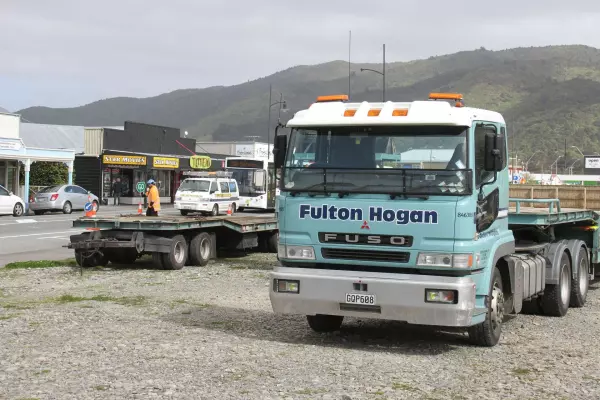Employers must be able show or forecast at least a 30 percent drop in revenue in any one month between January and June this year compared to the same month the previous year to qualify for the wage subsidies announced in today’s covid-19 economic package.
The ‘first phase’ announcements will run for a limited time of six months, through to June 30, although the government is promising a ‘phase two’ response in the May 14 Budget, which may include either an extension or expansion of the scheme.
Wage subsidies
Key elements of the wage subsidy package are a lump sum payment covering 12 weeks at the following rates:
- $585.80 per week in pre-tax support for full-time employees, or $7,029,60;
- $350 per week for part-time employees (under 20 hours), or $4,200;
- Maximum payment for any firm capped at $150,000;
- Based on the following undertakings:
- Using best endeavours to keep staff employed and paid at 80 percent of current wages during the subsidy period;
- Taking “active steps” to reduce the impact of covid-19, such as engaging with their bank or financial adviser, and sign a declaration to that effect.
Applications can be made from today to the Ministry of Social Development, at
www.workandincome.govt.nz, with payment targeted within five days of application, for a total estimated cost to the government of $5.1 billion.
All businesses in all sectors in all parts of the country are eligible.
Sick leave
Key elements of the sick leave assistance package will provide:
- Payments at the same rates as the wage subsidy scheme for up to eight weeks where people are unable to work who are in self-isolation, are sick with covid-19, or caring for others, but without the requirement under the wage subsidy scheme to maintain income at 80 percent of current wages;
- Will be available for all businesses and the self-employed;
- People in self-isolation and unable to work from home will be eligible for a fortnight, while people with covid-19 will be eligible for such support for as long as they are unwell;
- Payments can be backdated to today, March 17;
- Payments will be made directly to employees by MSD;
- Entitlement is for people who self-isolate in accordance to public health guidance and register with Healthline, people who have covid-19, and those who can’t work because they are caring for a dependent in either of those circumstances.
Workers taking sick leave before March 17 can only access the payments for sick leave taken from that date, and anyone who travels offshore after March 16 will not be eligible.
Cost
The estimated total cost, based on uptake by 27,000 workers every two weeks for the next eight weeks, is $126.5 million and could be substantially higher or lower than that, depending on the progress of the illness in New Zealand.
"The payment does not affect any paid leave entitlements that are owed and is available even if the an employee is on paid leave for part of the period," explanatory notes to the package say. "It is not available to those who can work from home during the period of self-isolation and who can be paid normally by their employer."
Finance Minister Grant Robertson indicated that the sick leave assistance package could become available in some form if the government were to move to school closures, where a worker might have to stay home to look after children who have effectively been placed in self-isolation by government edict.
However, the government has yet to consider decisions as no school closure policy has yet been announced.
"That is not part of our thinking, but we would re-look at the scheme" in such circumstances, said Robertson, who took care to ensure that any such support would be undertaken under the sick leave rather than wage subsidy package.





